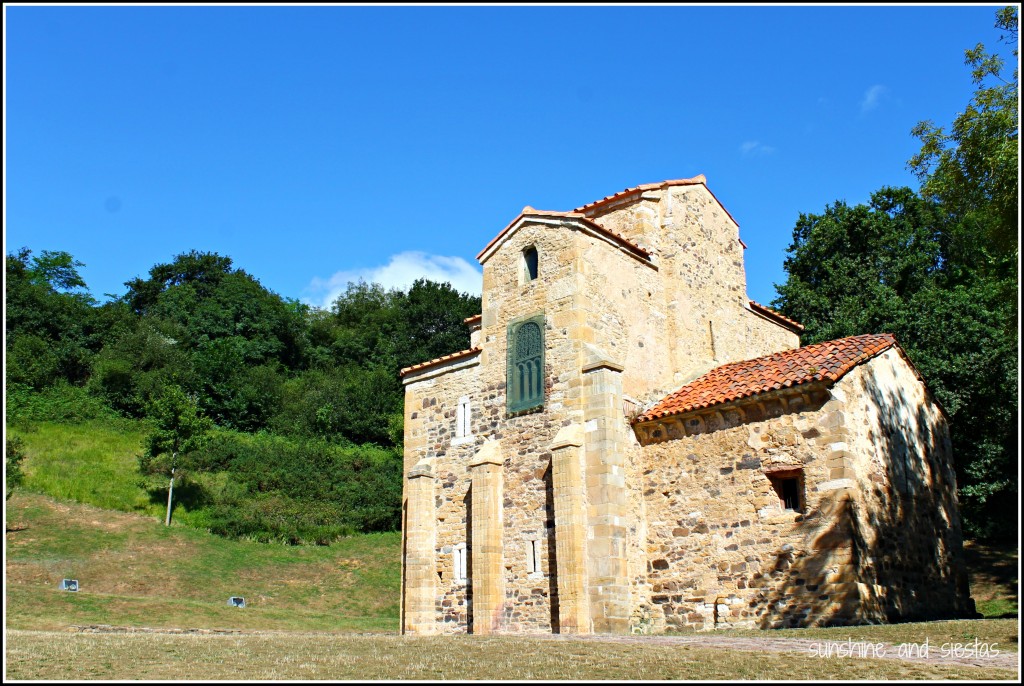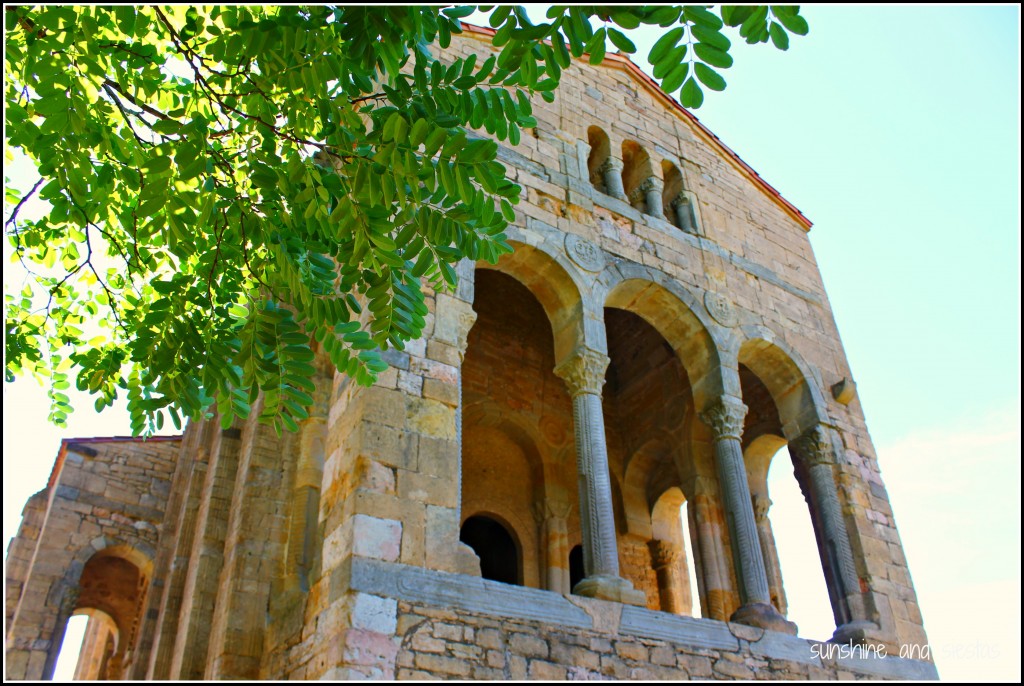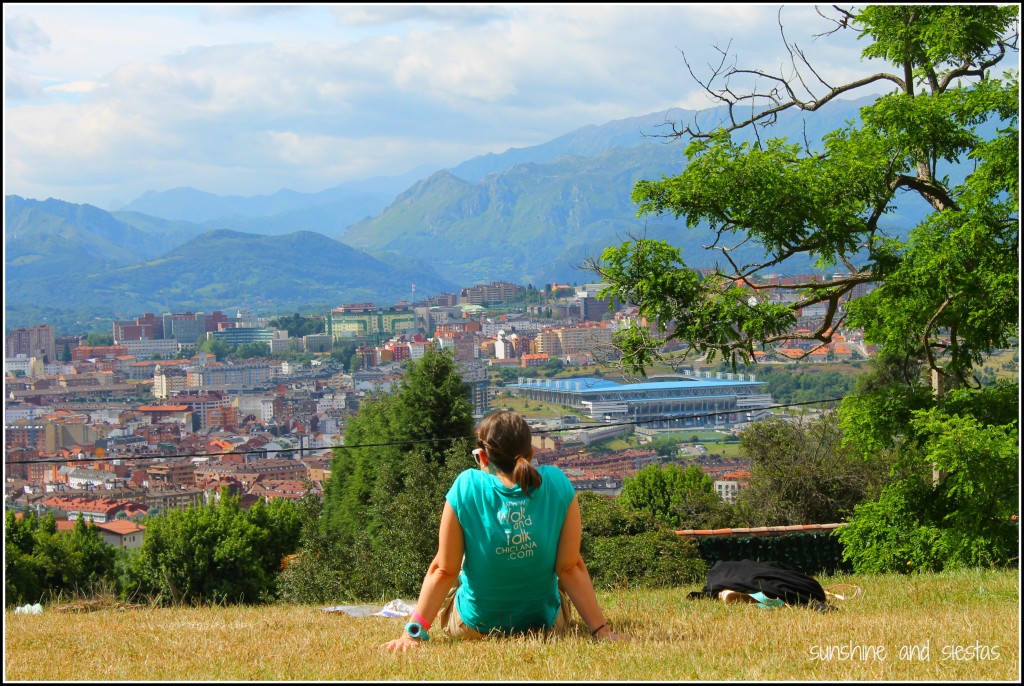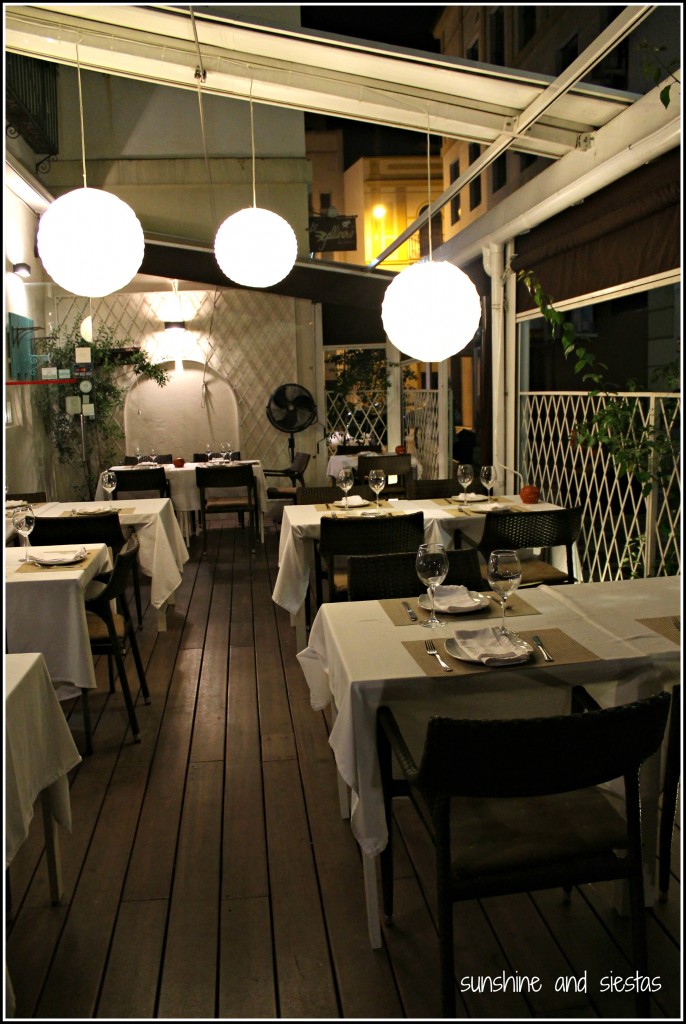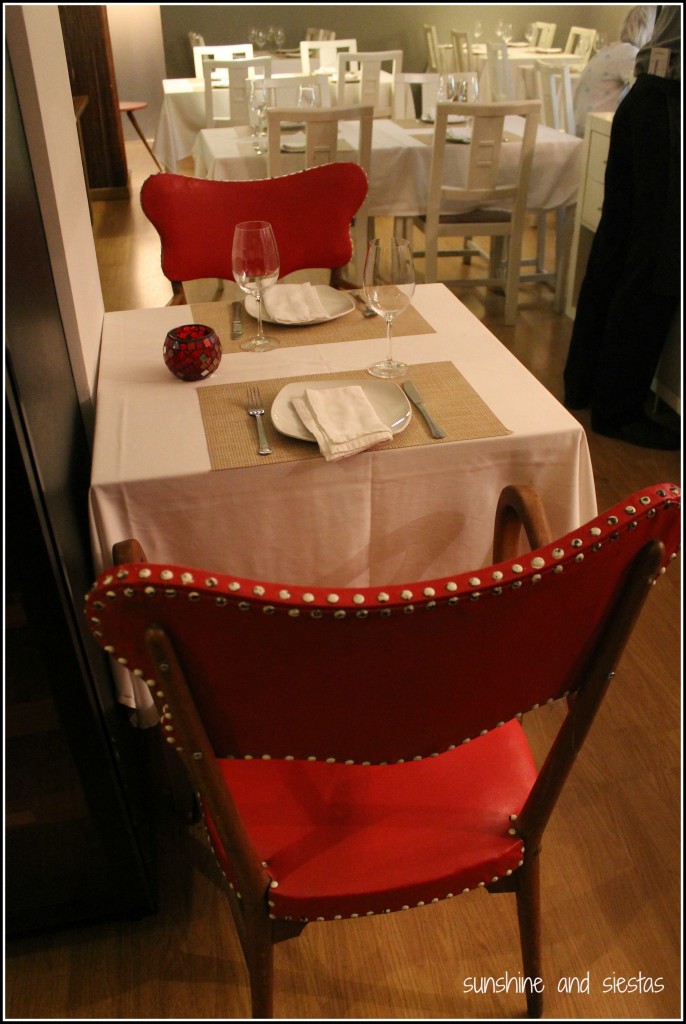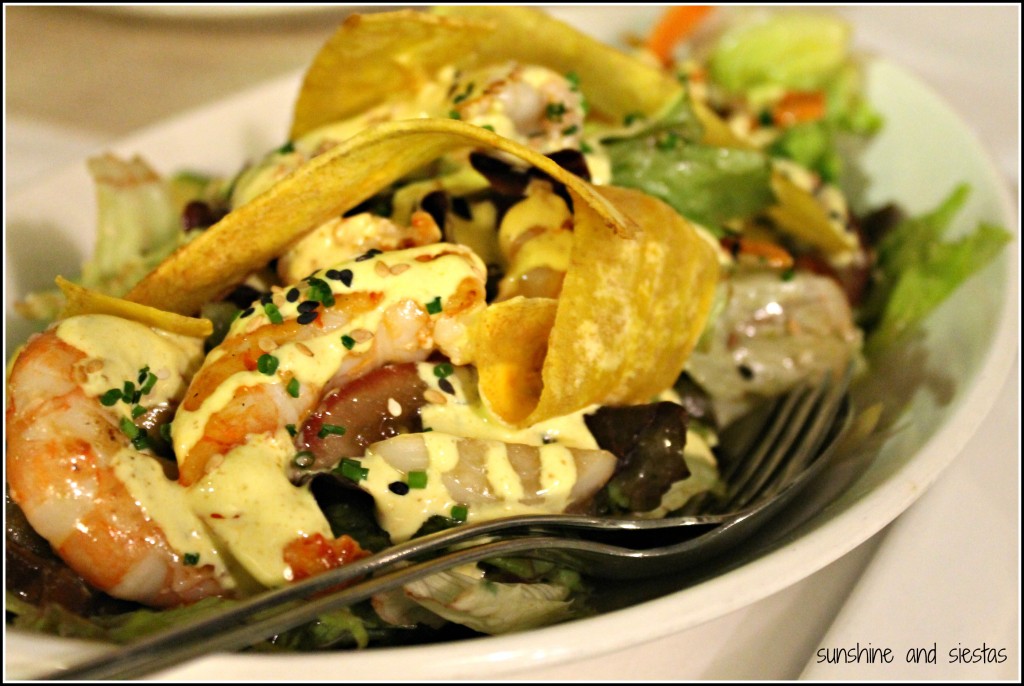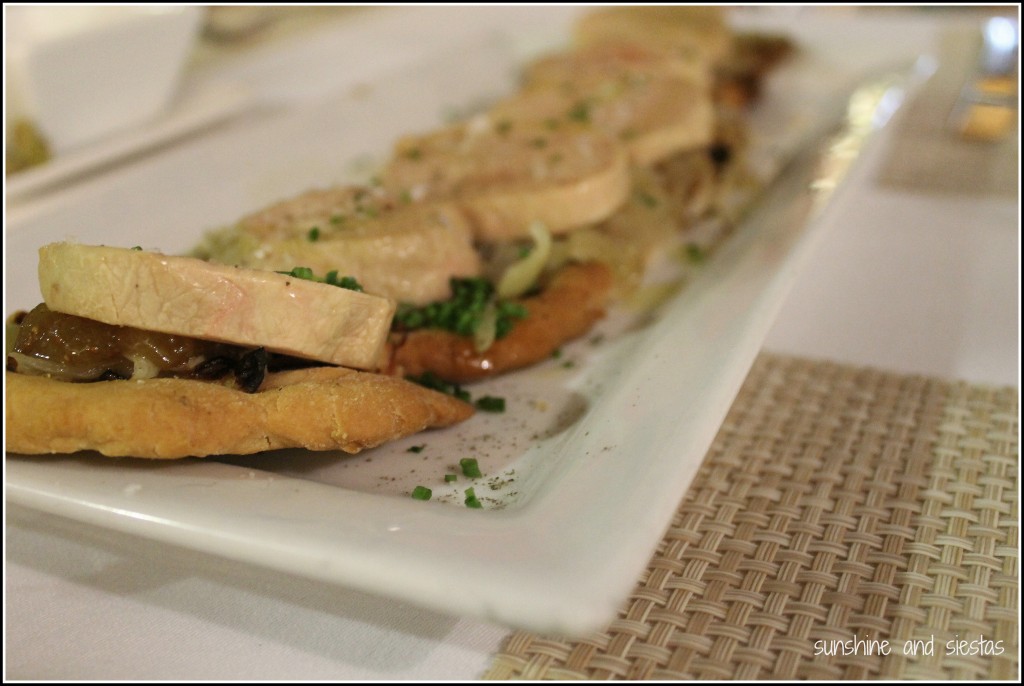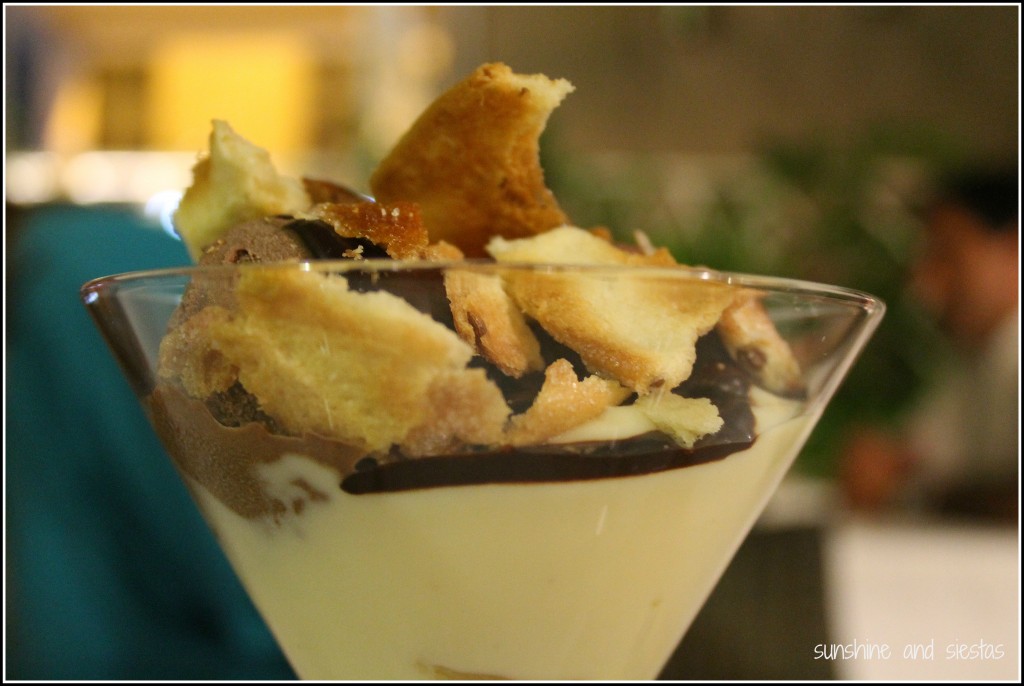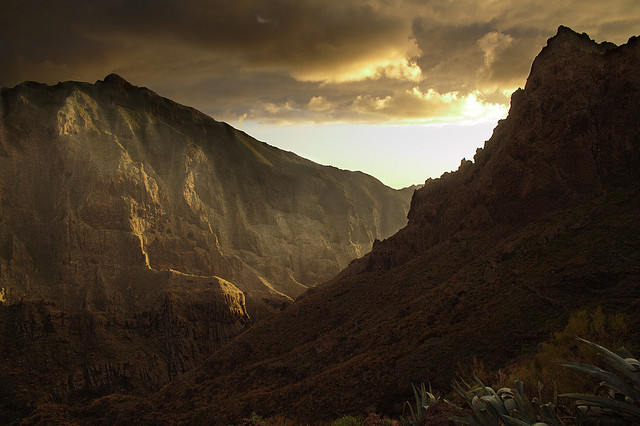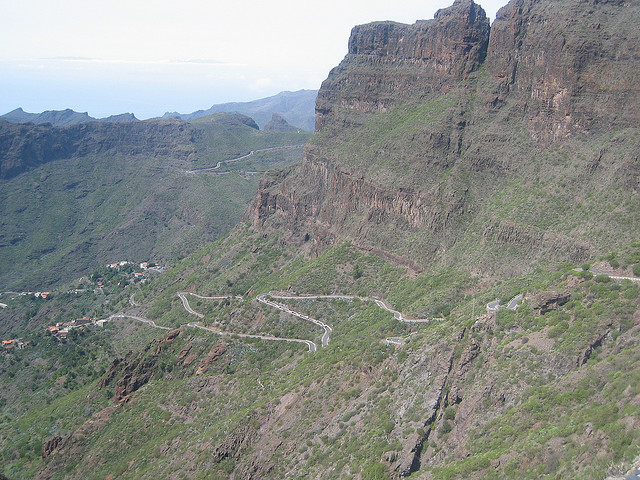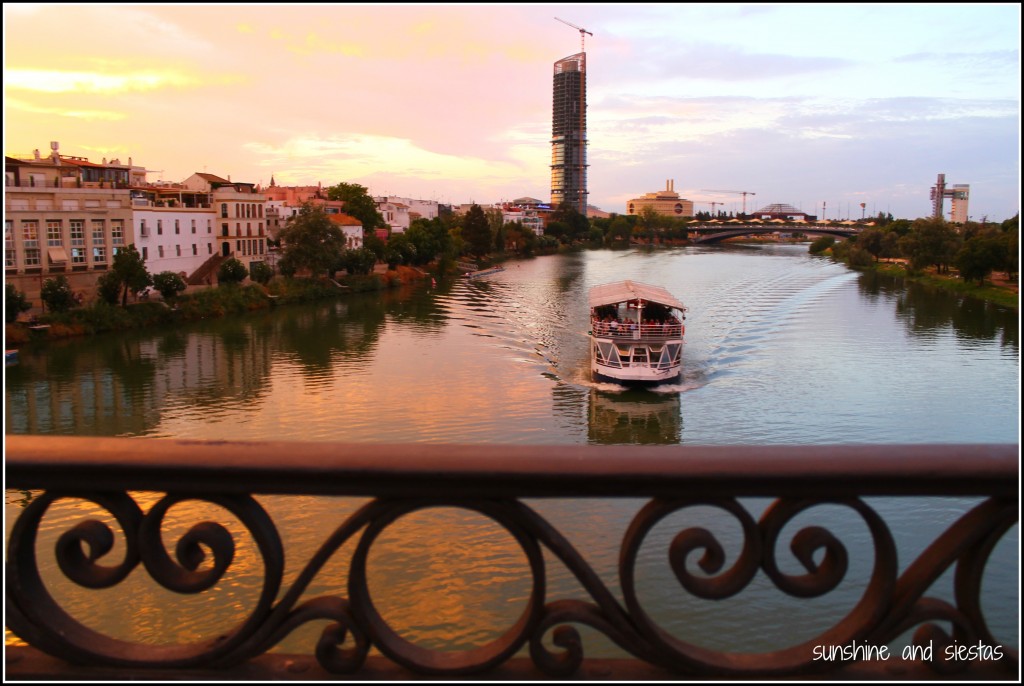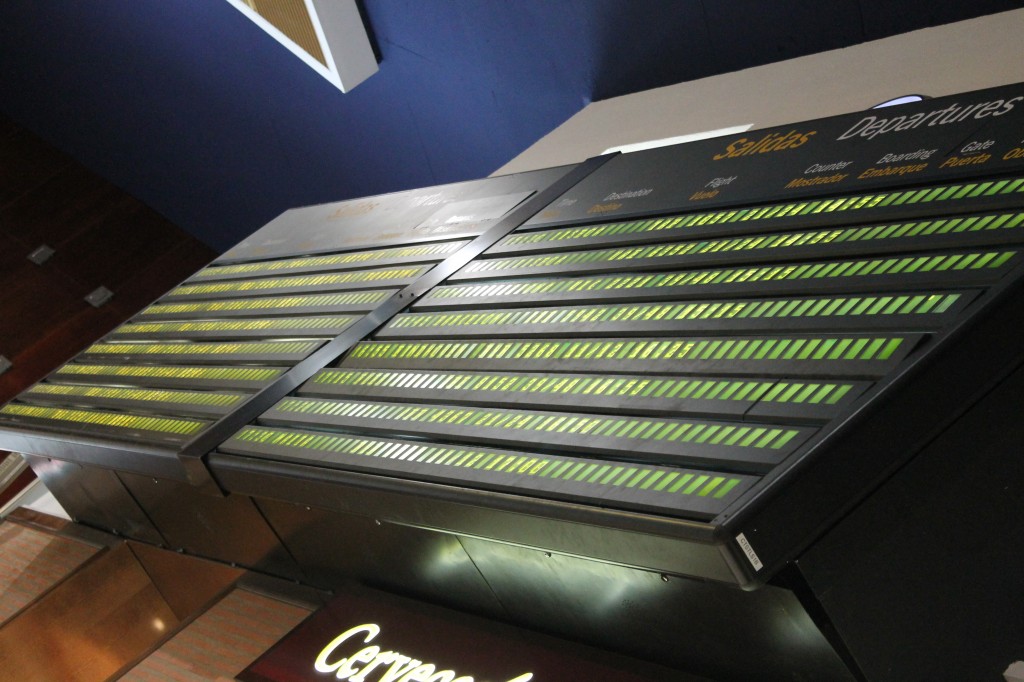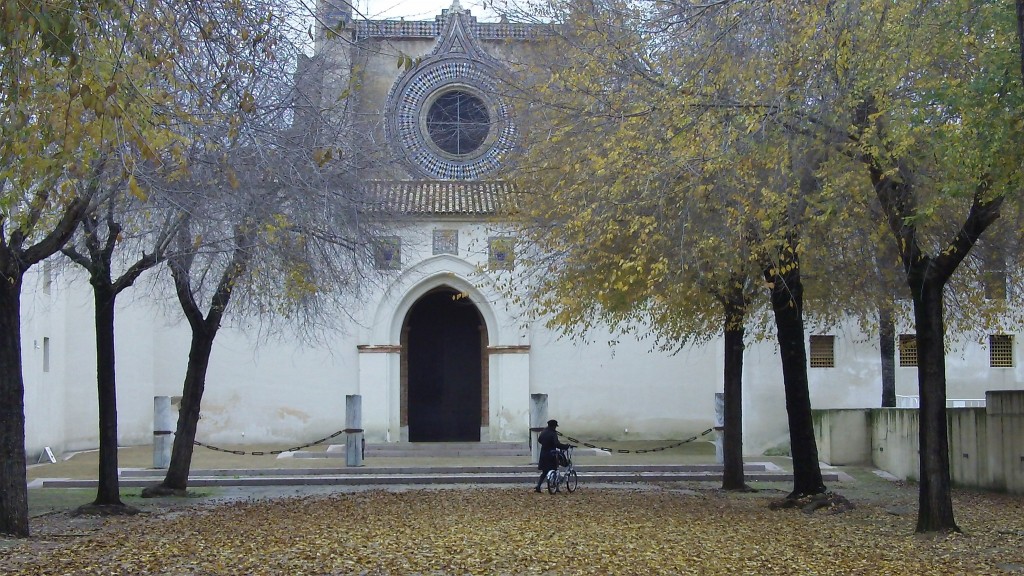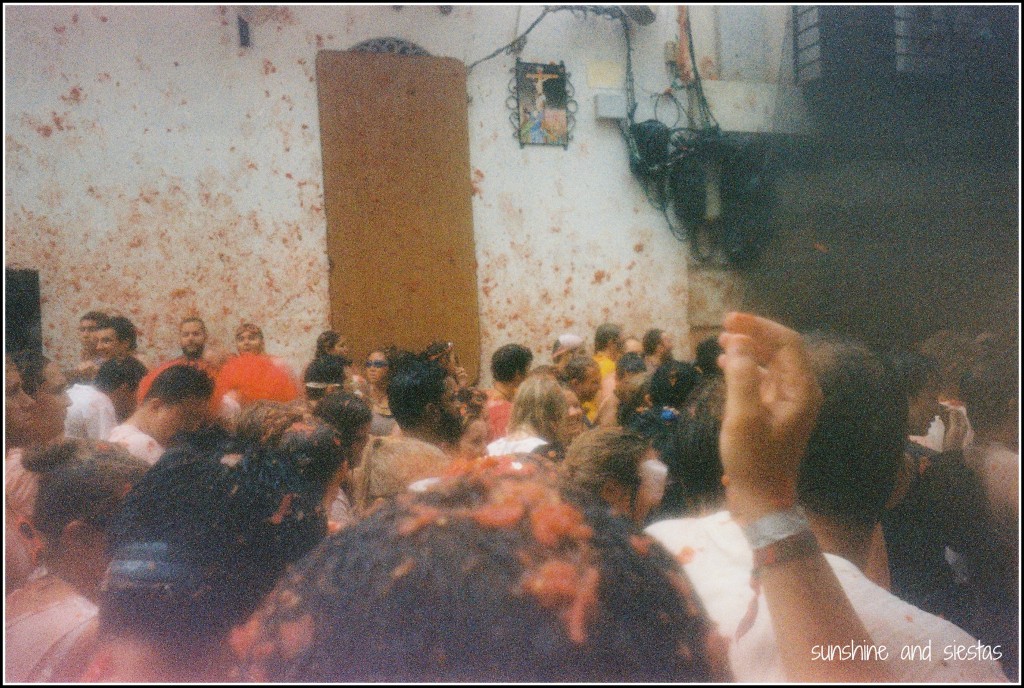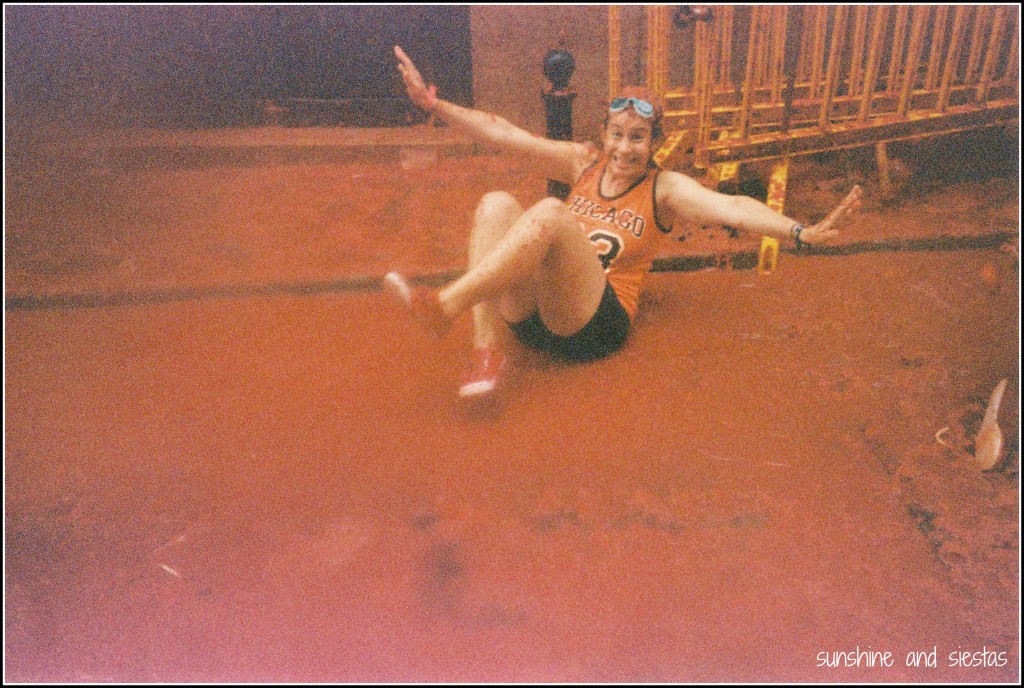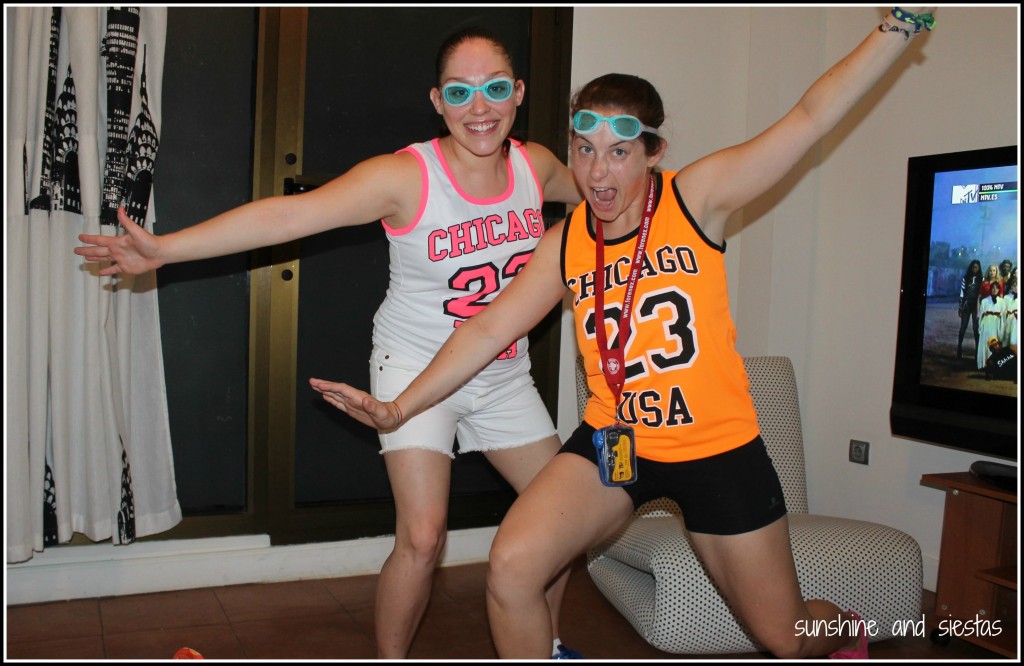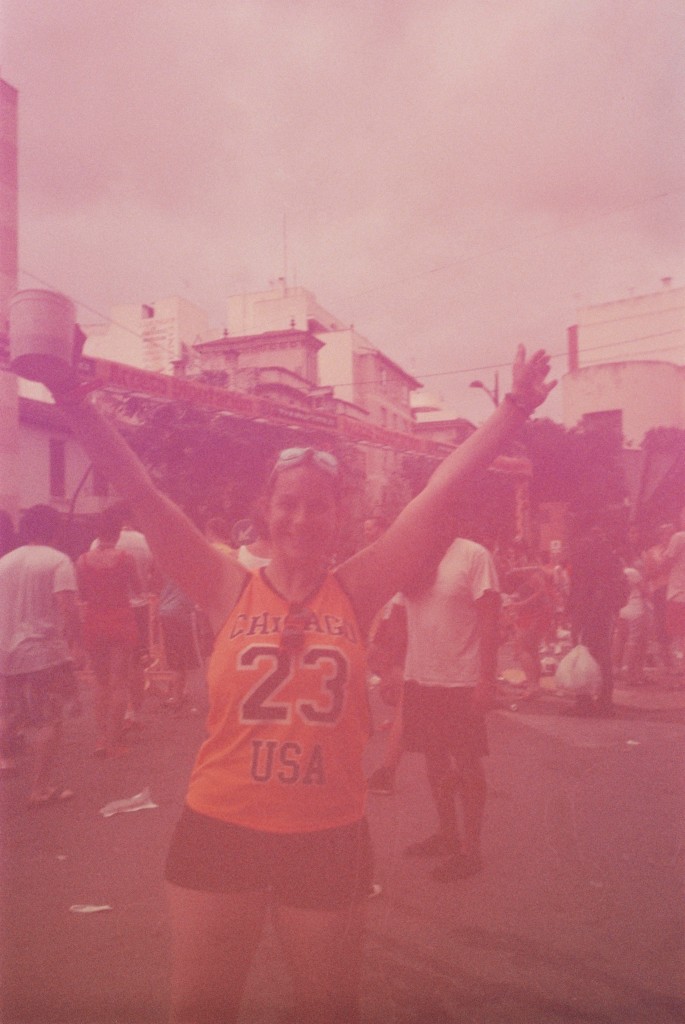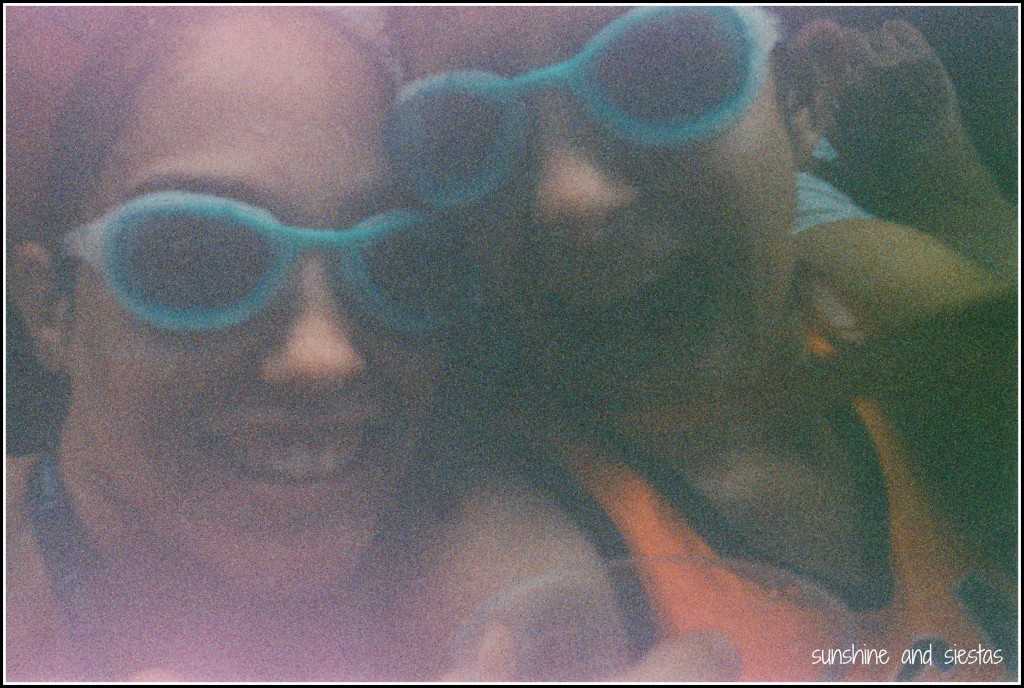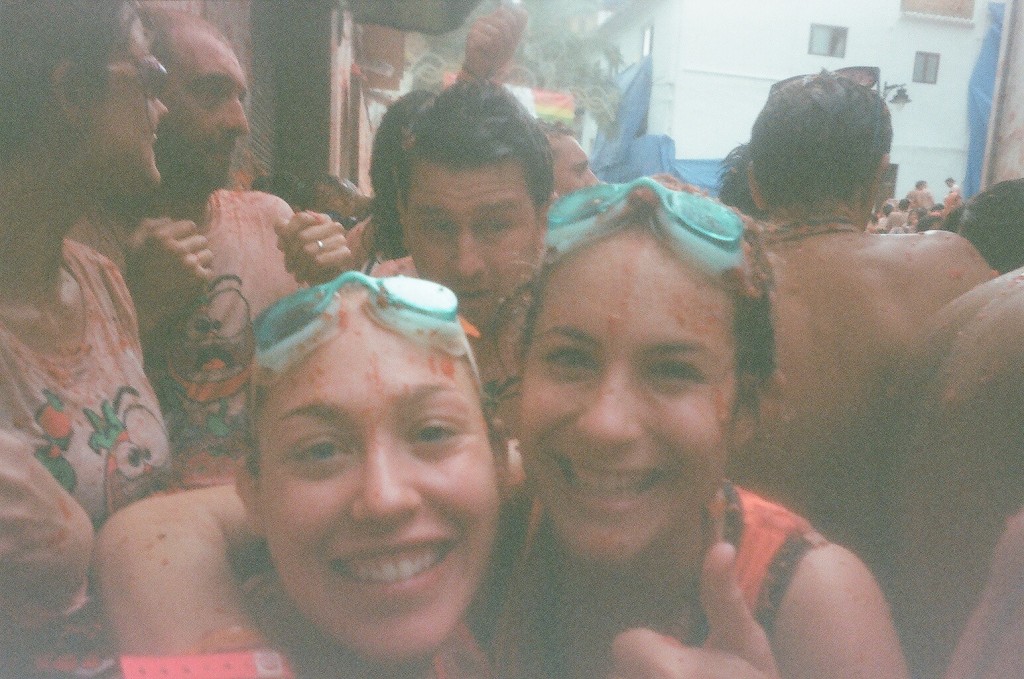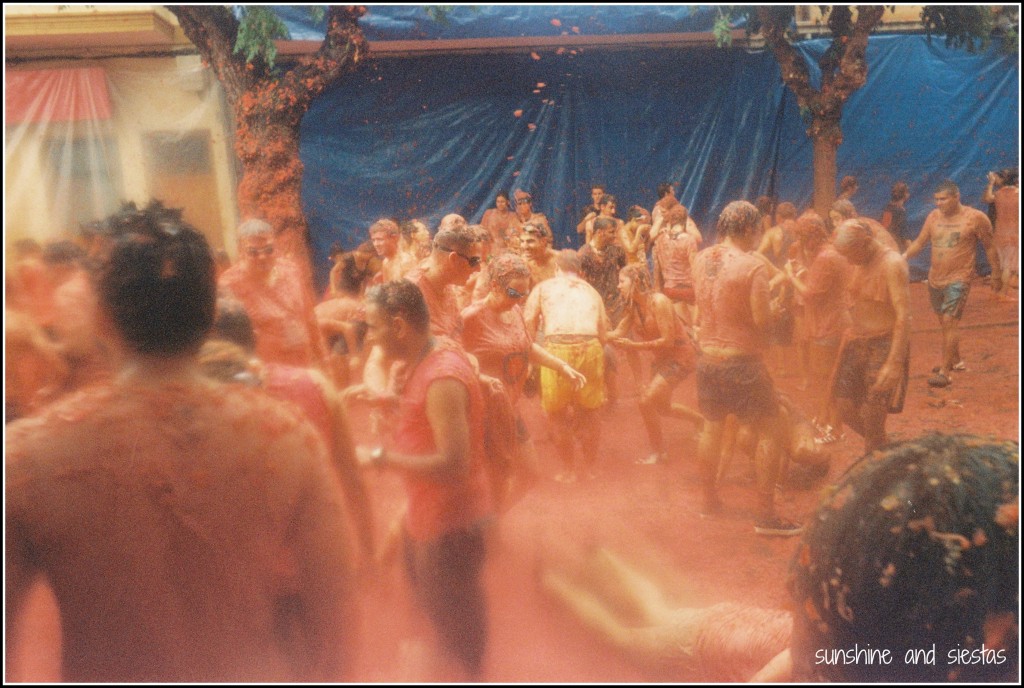There is little I don’t love about Oviedo, the capital of the Principality of Asturias, nestled between the Picos de Europa and the Cantabrian Sea – the enormous cachopos, the spontaneous rainpours, the colorful plazas with cidra bars and the raucous Calle Gascona.
Gran amigo of Oviedo is the American director Woody Allen. Uvieu has been front and center in a few of his films, and there’s even a statue of Allen in the central part of town.
Claudia assured me I would recognize this famous monument of Oviedo:
Recognize these churches? Perhaps from the film Vicky, Cristina, Barcelona when Juan Antonio takes the women to Oviedo for the weekend to meet his father?
We spent a lazy Sunday morning hiking to the pre-Romanesque churches that rest just outside the city on Mount Naranco. There’s a small visitors center just off the parking lot, but the beauty is really in the details of the two churches – completed in the late 9th Century. Santa María del Naranco was built as part of a large palace complex to the Virgin Mary, with San Miguel de Lillo, 100 meters downhill, though both were converted into worship places.
It’s easy to see why – the views from Monte Naranco of the picos are incredible. Clau and I spent easily an hour there, looking out over the capital.
If you go: You can drive to Monte Naranco by following signs leading away from the train and bus stations in Oviedo, or you can also take the local bus numbered 10 from the city center, getting off at the stop marked ‘Cruce.’ Follow the signs uphill until you reach San Miguel. Santa María is just 100 meters on. There are a number of bars in the area with great views and sandwiches.
San Miguel is currently not open, though guided tours will take you to Santa María to explain its history, construction and patrimony every morning but Monday. The structures can be visited year-round.
What’s your favorite UNESCO World Heritage Site, either in Spain or beyond?
